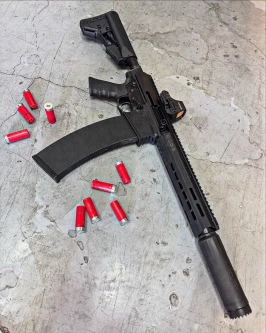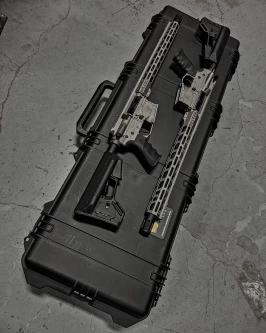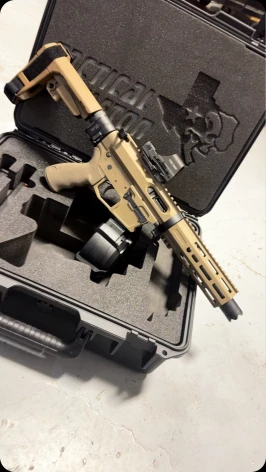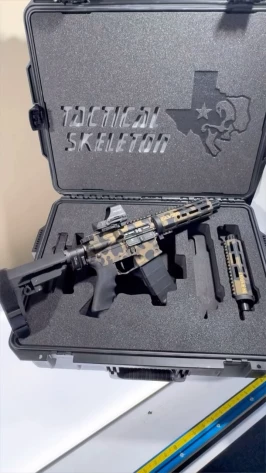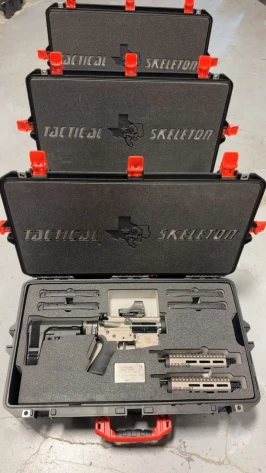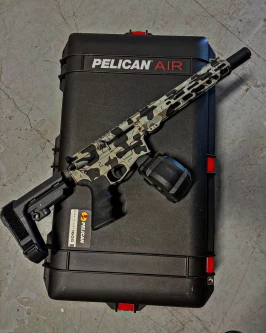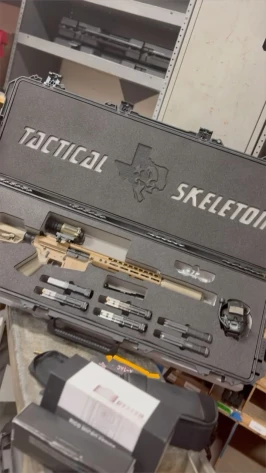Box Magazine-Fed Semi-Automatic Shotguns Compared to Traditional Tube Magazine-Fed and Pump-Action Shotguns
Shotguns have long been a staple in hunting, home defense, and competitive shooting. Traditionally, shotguns have featured tube magazines, either in pump-action or semi-automatic configurations. However, box magazine-fed semi-automatic shotguns are becoming increasingly popular. These shotguns offer several advantages over traditional designs, appealing to a wide range of shooters. In this blog post, we will explore the benefits of box magazine-fed semi-automatic shotguns compared to their traditional counterparts.
1. Faster Reloading
One of the most significant advantages of box magazine-fed shotguns is their ability to be reloaded quickly. Traditional tube-fed shotguns require each shell to be loaded individually, which can be time-consuming, especially under stress. In contrast, box magazine-fed shotguns allow for quick and easy magazine changes, similar to a rifle or pistol. This feature is particularly valuable in competitive shooting, home defense situations, or tactical scenarios where reloading speed is crucial.
2. Increased Ammunition Capacity
Box magazines typically offer a higher ammunition capacity compared to tube magazines. While traditional shotguns often hold between 5 to 8 shells in the tube, box magazines can hold 10, 20, or even more rounds, depending on the design and local regulations. This increased capacity reduces the need for frequent reloading and allows shooters to stay in action longer, which can be advantageous in various shooting disciplines and defensive situations.
3. Versatility in Ammunition Types
Box magazine-fed shotguns offer greater versatility in using different types of ammunition. With traditional tube-fed shotguns, mixing different types of shells (such as slugs and buckshot) can be cumbersome and time-consuming. However, with box magazines, shooters can quickly switch between magazines loaded with different types of ammunition. This capability is beneficial in scenarios where shooters may need to adapt to varying targets or conditions quickly.
4. Improved Handling and Balance
Box magazine-fed shotguns can offer better handling and balance compared to tube-fed shotguns, especially when fully loaded. The weight of a box magazine is concentrated in one area, which can lead to a more balanced firearm. In contrast, tube-fed shotguns distribute the weight of the shells along the length of the tube, which can affect the shotgun's balance as the number of shells decreases. This improved balance can enhance accuracy and ease of handling, particularly in dynamic shooting situations.
5. Simplified Maintenance
Box magazine-fed shotguns can be easier to maintain compared to tube-fed models. The design of tube magazines can make cleaning and maintenance more challenging, particularly if shells or debris get stuck in the tube. Box magazines can be removed and cleaned separately from the firearm, making the overall maintenance process simpler and more efficient.
6. Enhanced Modularity
Box magazine-fed shotguns often come with more modular features, allowing for greater customization. Many models feature Picatinny or M-LOK rails, adjustable stocks, and interchangeable barrels, making it easier for shooters to configure the shotgun to their specific needs. This modularity is attractive to enthusiasts who enjoy customizing their firearms or need a versatile platform for different applications.
Conclusion
While traditional tube magazine-fed pump-action and semi-automatic shotguns have their own merits, box magazine-fed semi-automatic shotguns offer several advantages that make them an appealing choice for many shooters. Faster reloading, increased ammunition capacity, versatility in ammunition types, improved handling and balance, simplified maintenance, and enhanced modularity are key benefits that set these modern shotguns apart. Whether for home defense, competitive shooting, or tactical use, box magazine-fed semi-automatic shotguns provide a versatile and efficient option for today's shooters.
